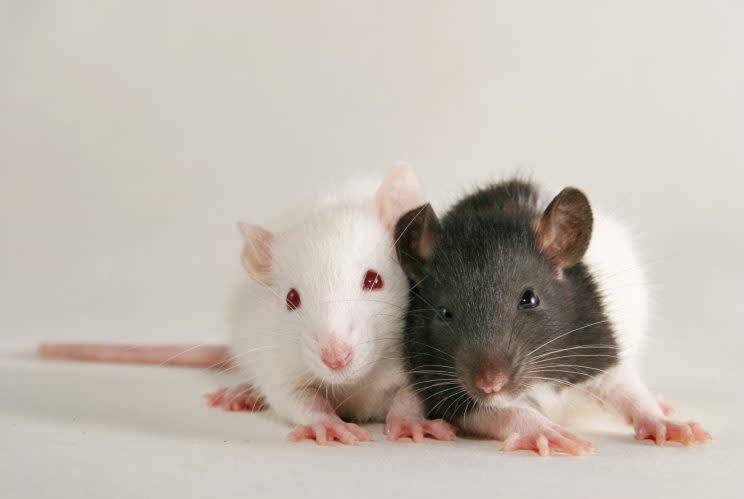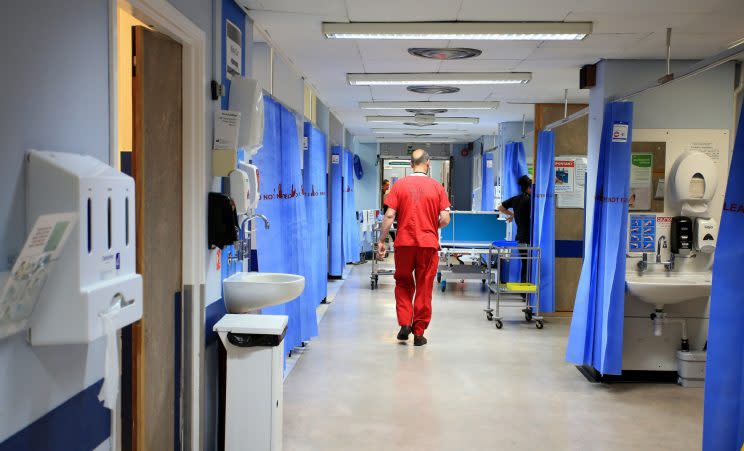Invasion of the rats and cockroaches as NHS hospitals plagued by thousands of pests

Rats and cockroaches are among the thousands of pests found in NHS hospitals over the last five years and the cost of tackling them has spiralled, new figures show.
The pests have been sighted in maternity wards, children’s intensive care units and even operating theatres.
Data obtained by the Press Association under Freedom of Information laws shows there were nearly 5,000 pest control call-outs by NHS trusts to hospitals in England in 2015/16 – equivalent to around 13 a day.
The amount of money hospitals spent on treating pests reached nearly £1.1 million in the year to March 2016 and the overall figure is likely to be far higher as only 87 of around 150 trusts responded to the request.
MORE: Seventeen taken to hospital after coach crash
MORE: Thousands of Tesco customers complain about “too glittery” paper
Some refused to say how much they had spent, citing private finance initiative (PFI) deals or that the information was “commercially sensitive”.
And costs have soared compared with five years ago, based on an analysis of the like-for-like data from the 48 trusts that provided figures for both 2011/12 and 2015/16, which showed a rise of more than 26% over the period from £646,857 to £815,855.
The majority of trusts outsourced their pest-control to private contractors such as Rentokil, ISS Facility Services and Medirest and paid for regular inspections as well as ad hoc call-outs to pest sightings.
Spending at Guy’s and St Thomas’ NHS Trust almost doubled between 2011/12 and 2015/16, from £67,425 to £132,210 – by far the highest of the trusts which responded.

A spokesman from Guy’s and St Thomas’ NHS Foundation Trust said: “We take all pest control matters very seriously and deal with them swiftly.
“As a large provider of health services in London, the importance of high standards of cleanliness means a robust approach to incidents and prevention is absolutely essential.”
A total of 4,885 call-outs were made in the last year to March, while like-for-like figures from 57 trusts showed there were 3,880 call-outs in 2015/16, a rise of 3% on 2011/12.
University Hospitals of Leicester (UHL) NHS Trust and Pennine Acute Hospitals (PAH) NHS Trust each recorded more than 300 incidents in 2015/16.
Pest sightings at UHL, which runs the Leicester General, Leicester Royal Infirmary and Glenfield hospitals and treats more than one million patients each year, more than trebled from 104 in 2011/12 to 337 in 2015/16.
These included cockroaches found in the fifth level of the Infirmary’s Windsor building, which houses the specialist medicine admissions unit and elderly patient wards, rodents spotted in the maternity block and insects sighted in operating theatres at Leicester General Hospital.
Darryn Kerr, director of estates and facilities at Leicester’s Hospitals, said: “We manage 270,000 square meters of floor space across our three hospitals which cover 30 acres of land, and are visited by over 1 million patients and another 1 million visitors each year.
“Occasionally, we have unwelcome visitors (everything from bats to badgers) who have tried to take up residence in parts of our estate. We deal with these issues when they arise and they do not affect the quality of our patient care.”
A spokesperson for PAH NHS Trust said: “Recent mild winters have seen an increase in vermin across the country.”
The spokesman added that during 2015/16 the trust had reduced the number of pest incidents by 28.5% on the previous year, when reports totalled 423.
A Department of Health spokesman said: “Hospitals must have an effective pest control policy and the use of experts is good practice to ensure that buildings are kept clean and safe for patients.”

 Yahoo News
Yahoo News 


